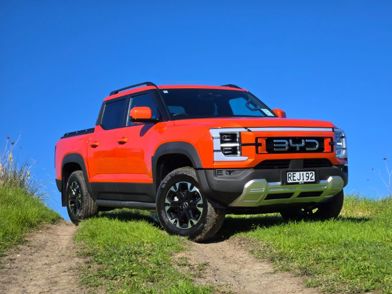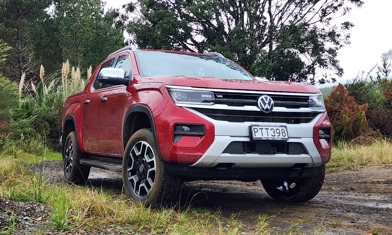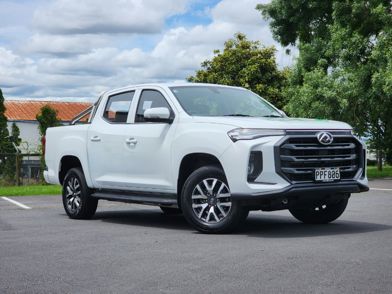It’s by no means a big player in the one-tonne ute segment, but we’ve always admired the SsangYong Rhino. Soon to be a KGM Rhino of course, following the Korean company’s acquisition by KG Group, but let’s acknowledge both names for now. Gets confusing otherwise.
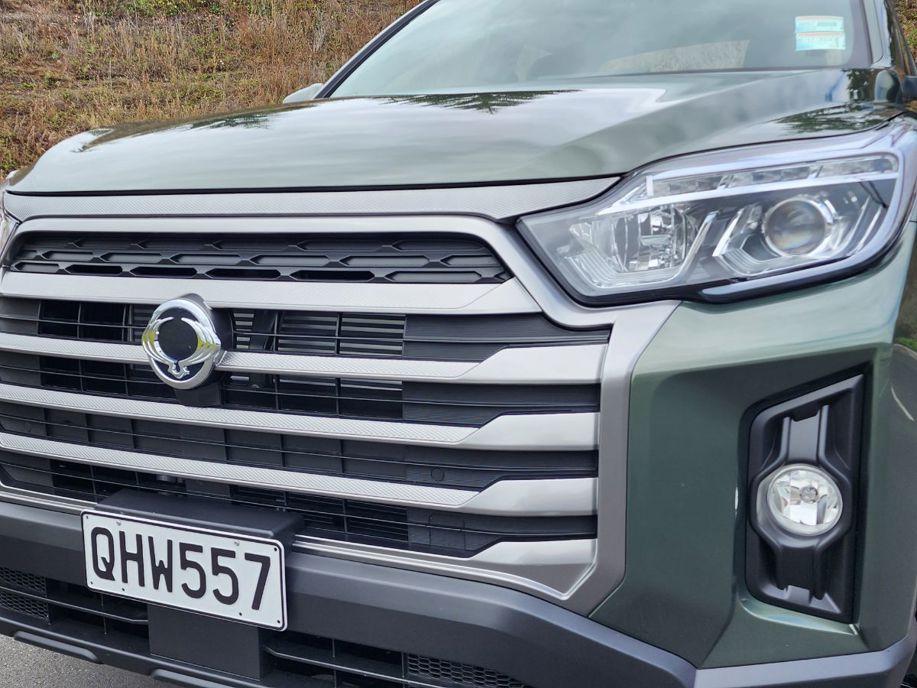
Especially as there’s not really a lot new for the Rhino in the switch to KGM, save a new name for the vehicle menu on the Apple CarPlay and Android Auto screens. “KGM” takes up less space anyway.
The Rhino range has been rationalised in recent times: we’ve down to just two models, both with the 2.2-litre turbo-diesel four and the full 4x4 system: $54,990 Rhino and the more dressy $61,990 SPR featured here.
The Rhino double-cab has always been unique in offering two tray lengths and that continues. The standard model has the shortest tray in the mainstream one-tonne segment at 1300mm, albeit with an unusually tall wellside, which still makes it pretty useful. But for an extra $3k you can have the Rhino XL, which adds 300mm to the deck, making it longer than a Ford Ranger or Toyota Hilux. Payload goes up from 850kg (so Rhino isn't really a "one tonner") to 1060kg, thanks to tougher rear suspension.
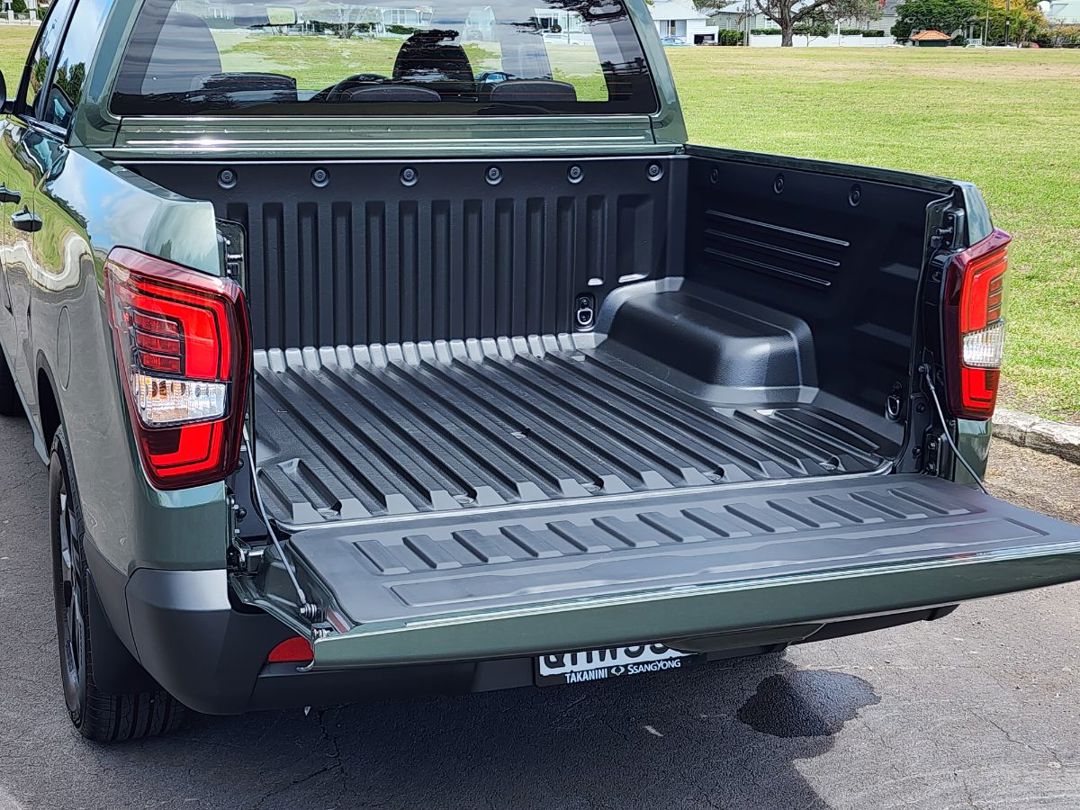
All Rhinos come as standard with a “bed inner cover”, which is a nice touch. But it’s a one-piece clip-on affair that feels pretty flimsy when you’re walking around on it, especially compared to the tougher spray-on liners you get with lots of more mainstream utes.
Rhino still looks endearingly weird, especially in the cool Amazonia Green colour of our test vehicle.
Other recent upgrades include a reshaped front with an enormous grille and a flash new interior with digital displays, most of which is borrowed from the similarly upgraded Rexton (Rhino is basically a Rexton ute).
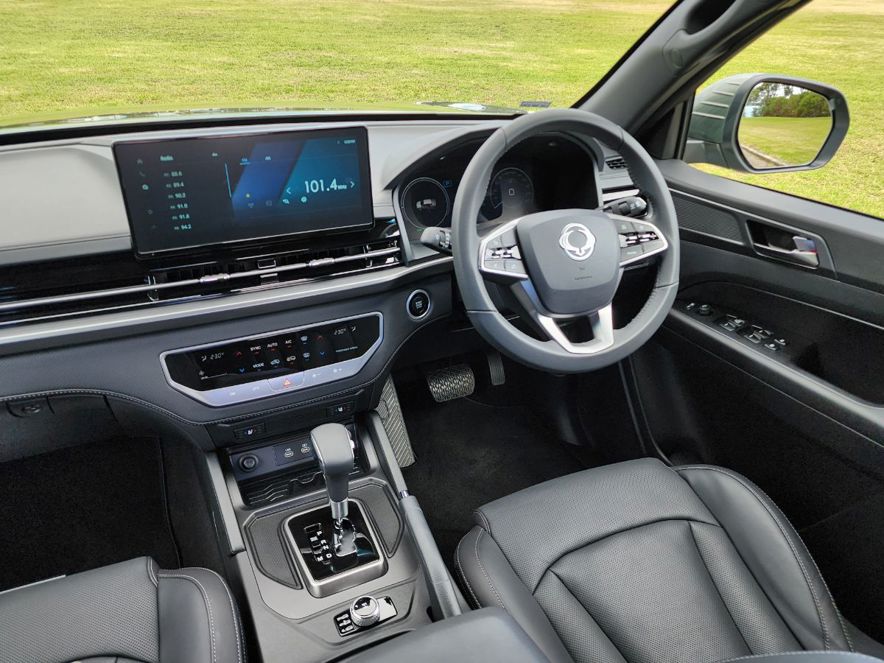
SPR is the luxury specification. It’s still fully loaded, with Nappa leather upholstery, dual-zone climate control (via a slightly fussy looking touch panel on the console that actually works really well) and power-operated heated/ventilated seats for both driver and front passenger.
While Rexton gets an upgraded diesel and 8-speed gearbox, the Rhino sticks with lower outputs and a 6-speed.
Rhino still looks endearingly weird, especially in the cool Amazonia Green colour of our test vehicle, and it’s certainly very different to the likes of a Ford Ranger or Toyota Hilux. It still feels pretty honest, without breaking any new ground on packaging or technology.
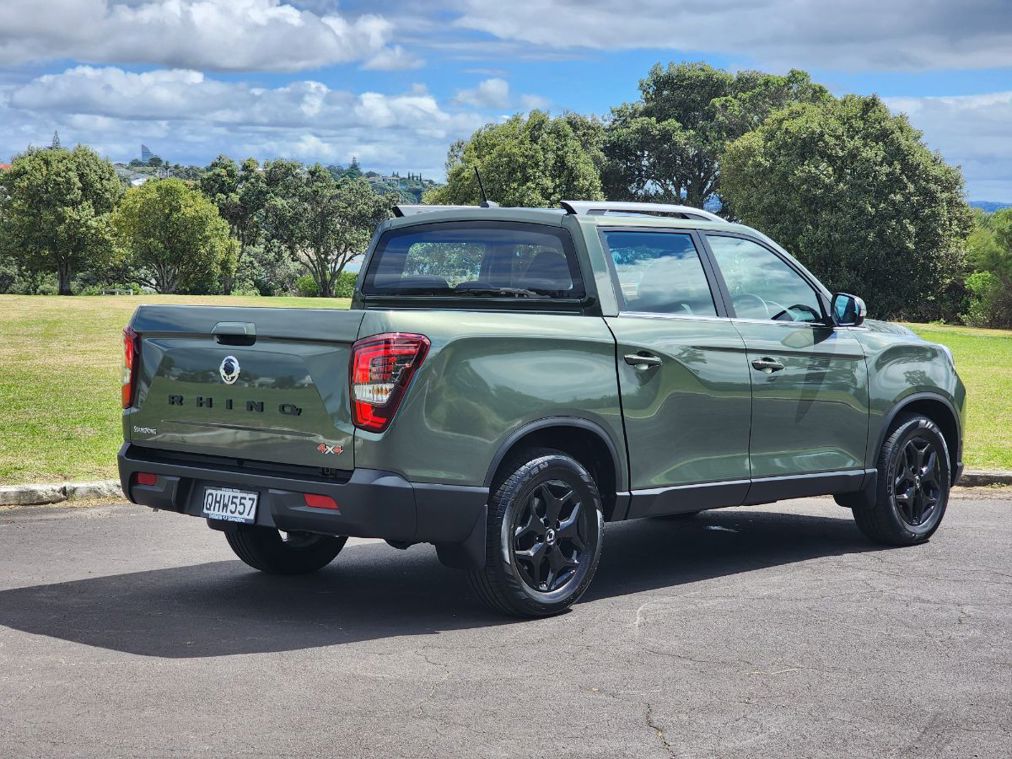
While Rexton gets an upgraded diesel and 8-speed gearbox, the Rhino sticks with lower outputs and a 6-speed: but it still feels lively and strong. The peak 420Nm torque is certainly enough to muscle the SsangYong along when it needs to, and it’ll tow a class-competitive 3.5 tonnes.
Ladder-frame 4x4 utes are not known for their cushy chassis configuration, but the Rhino’s lumpy ride still feels well out of sorts.
Passenger accommodation is particularly good. The Rhino’s rear seat offers good legroom and the seatback is set at a comfortable angle by ute standards; rear ventilation outlets, too. But the centre lap belt is a huge fail and effectively reduces this ute to a four-seater.
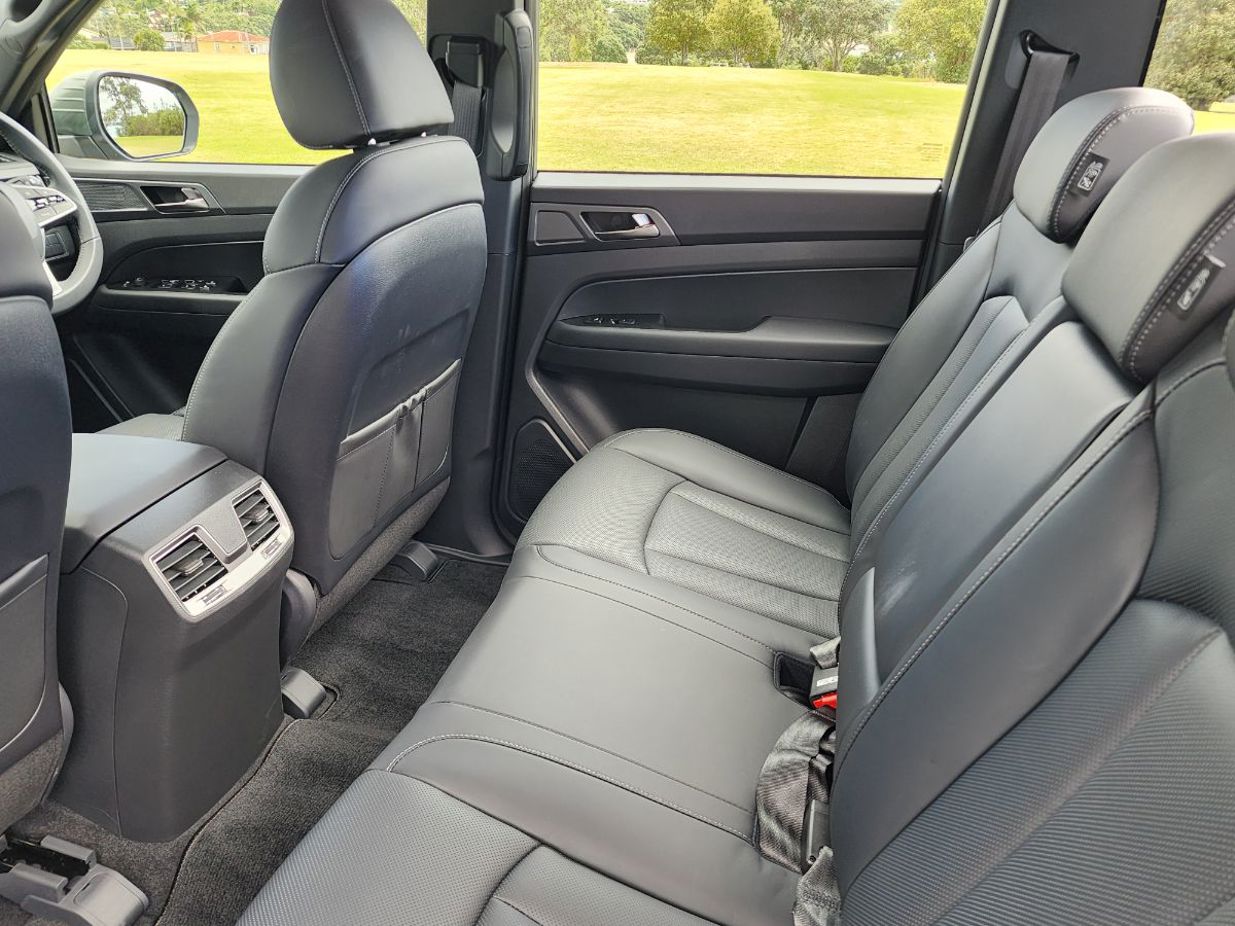
Up front, the new SPR-specific instrument cluster is clear and nicely laid-out, the tablet-style infotainment screen less so. The graphics are pretty murky and the whole thing looks a bit half-done, but of course the workaround is to use phone projection and let Apple or Google configure your screen via a USB-C cable connection.
Which would be great in theory, but our test vehicle couldn’t hold a connection for any more than 30 seconds. Every time you drove over a small bump or looked sideways at the plug, the screen would cut out and then automatically reconnect a few seconds later. Over and over and over again. We’ll give the company the benefit of the doubt and assume it was a glitch with our particular car.
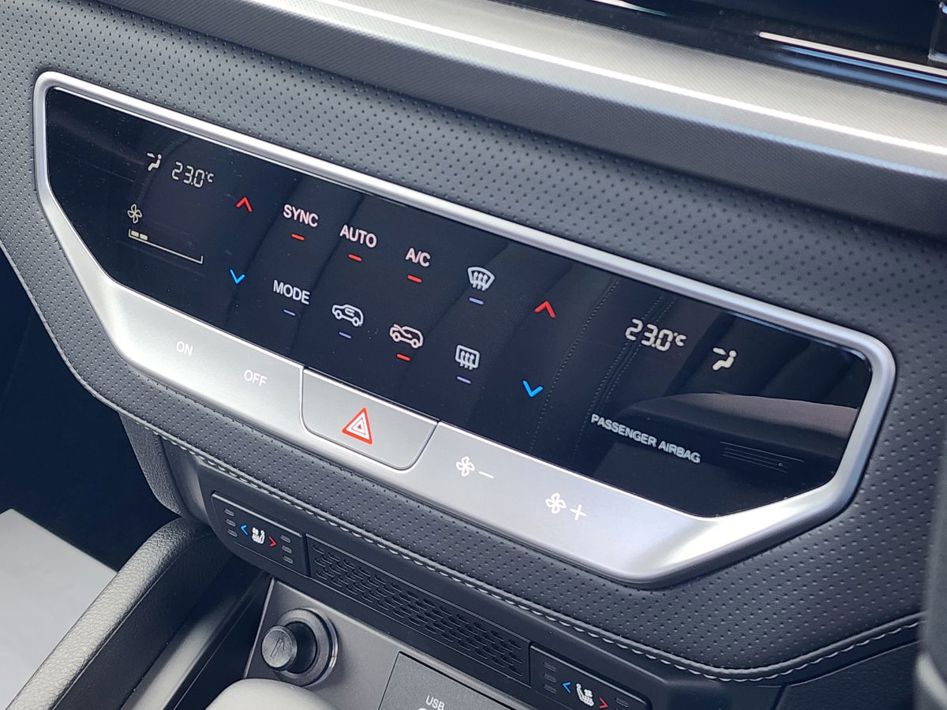
Although, speaking of ride: Rhino’s is pretty agricultural. Ladder-frame 4x4 utes are not known for their cushy chassis configuration, but the Rhino’s lumpy ride still feels well out of sorts compared to the likes of a Ranger or even Hilux these days.
So it’s not the latest and greatest, but the Rhino SPR is still a hugely endearing double-cab ute that stands out a little from the pack - in a good way we reckon, but it might not be for everybody.
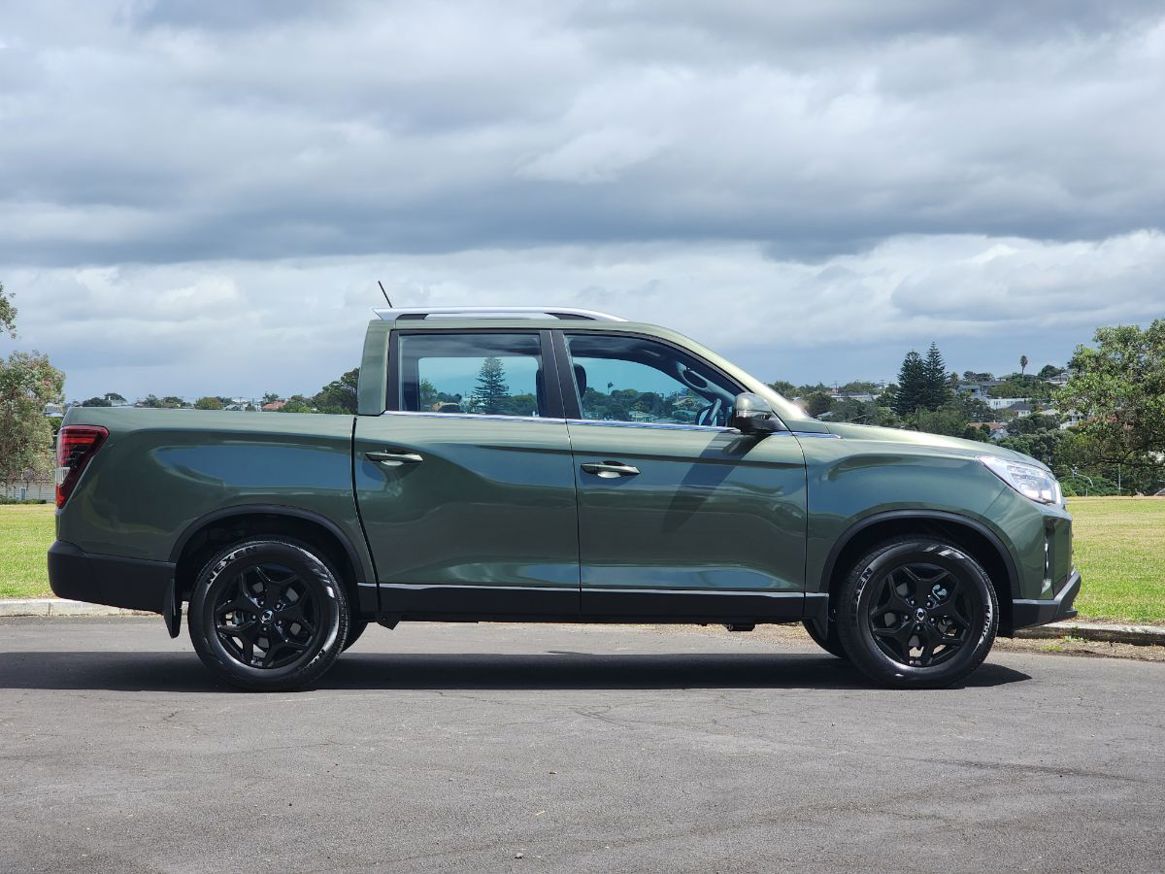
It's appealing in a left-of-centre way, but it’s a real shame it’s not a little cheaper. The SPR certainly offers a lot of standard equipment for $62k. The flagship version of the Rhino (aka Musso) sells for $50,000 in Australia (NZ$54k) and that feels much more like it.
But it’s still more expensive than Ford’s hugely accomplished Ranger Sport biturbo or the all-new Mitsubishi Triton VRX (leather everywhere, Super Select AWD), both of which are currently $59,990.
ENGINE: 2.2-litre turbo-diesel four POWER: 133kW/420Nm GEARBOX: 6-speed automatic, part-time 4WD with low range 0-100KM/H: 11.9sec CONSUMPTION: 10.3l/100km (WLTP) PRICE: $61,990.
How much is the KGM Rhino SPR?
The flagship SPR with the shorter of two trays is $61,990. With the XL model, you can add 300mm load length for another $3k.
What are the key statistics for the KGM Rhino SPR powertrain?
A 2.2-litre turbo-diesel four with 133kW and a strong 420Nm, 6-speed automatic and proper 4x4 low-range transmission.
Is the KGM Rhino SPR efficient?
That workaday powertrain and ute-weight mean the Rhino cracks 10l/100km in official WLTP tests. But it's really torquey, and actually quite nice to drive gently if you're looking to minimise fuel consumption.
Is the KGM Rhino SPR good to drive?
The engine is solid and we rate the steering and handling pretty highly for a ute. But the lumpy ride is a letdown.
Is the KGM Rhino SPR practical?
Cabin space is impressive and the rear seat is very habitable, with a good seatback angle; shame about the centre lap belt.
As a ute, be aware of the shorter-than-average tray deck (at least 200mm less than the class norm) and reduced 850kg payload. But you can increase both greatly with the more expensive XL model.
What do we like about the KGM Rhino SPR?
It's just a bit different to the ute norm, and endearing for that. It's lavishly equipped and pretty decent to drive, without breaking any new ground. The choice of tray sizes is novel in the double-cab segment.
What don’t we like about the KGM Rhino SPR?
The lack of adaptive cruise puts the Rhino out of step with utes in 2024, but even worse is the centre-rear lap belt, which really reduces it to a four-seater. Our car had a very dodgy phone projection connection - let's hope that's a one-off. And the SPR is quite pricey against more modern rivals.
What kind of person would the KGM Rhino SPR suit?
A ute owner who doesn't want to be the same as everybody else on the road. Somebody who doesn't want (a) the parking hassle of a standard-size tray or (b) does want a massive tray and opts for the Rhino XL.













